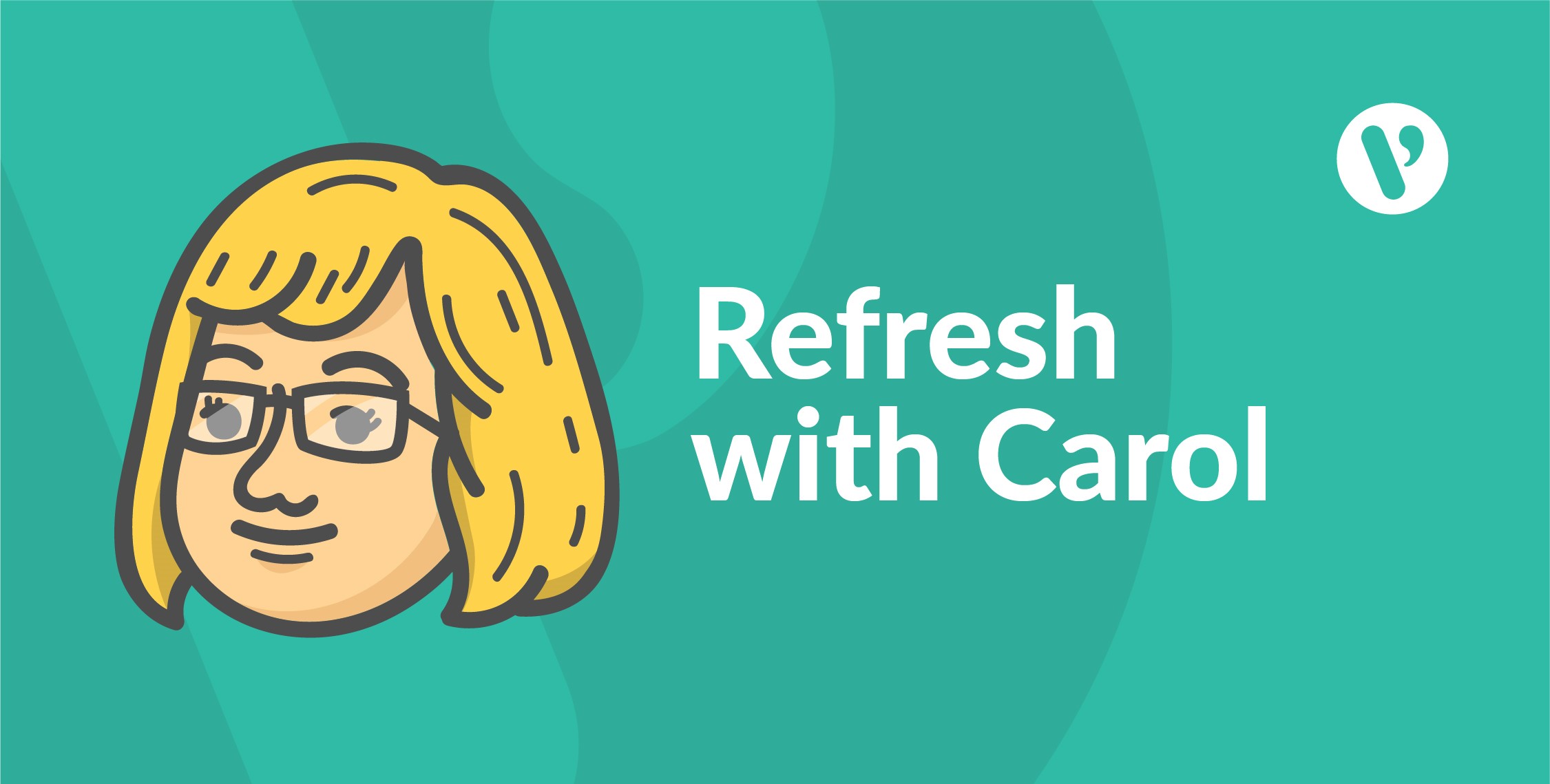Disability awareness: Accommodation doesn’t have to cost a lot
I am a short person, just a little over five feet tall. When I began working at Velsoft, the chair I was provided was too big for me, and my back got sore every day. The company accommodated this, by purchasing a new chair that didn’t cause my back to ache. As well, because of my height, a footstool and computer monitor stands were also purchased for me.
These accommodations allow me work at my job without causing me pain, and cost approximately $300. I do not have a disability, but modifications were necessary in order for me to perform my job duties without getting hurt.
One of the misconceptions about hiring people with disabilities is that it will have a high cost for employers. But this isn’t the case.
Virginia Commonwealth University’s Rehabilitation Research and Training Center is dedicated to developing and advancing evidence-based practices to increase the hiring and retention of people with disabilities. The following cases are presented on VCU’s website:
Chris is a call center customer care agent who has a spinal cord injury. Because of his injury, he has limited use of his arms and hands. He also uses a wheelchair. Accommodations made for Chris include raising his desk to fit his wheelchair, and purchasing a trackball mouse so he can access information on his computer. The total cost for these adaptations was $233.
Sharon also works at a call center as a customer care agent. She is blind and needed a screen reader so she could access information on her computer. The cost of this accommodation was $895.
Rudy has a spinal cord injury, and while he can move his elbows and wrists, his fingers are paralyzed. He also uses a wheelchair. In order to perform his duties as a cashier, a trackball mouse was purchased so he could use the computer, and a change dispenser was attached to the cash register. He uses a dowel stick to dispense the change. Hooks were also mounted on his workstation to help him put customer purchases into bags. As well, a piece of his desk was removed so his wheelchair would fit underneath it, and a bookcase near his desk relocated to provide space for maneuvering his wheelchair. The cost of these adaptations was $106.
Kelly is an operations specialist who is deaf. She works in a bank and uses sign language to communicate. She writes on paper to communicate with people who don’t know sign language. Her job responsibilities include maintaining a filing system, processing online research requests, and scanning files in and out of the vault. When Kelly is away from her desk, staff members flick the lights to alert her that they need her assistance, instead of the previous practice of ringing a bell. She also uses a special phone that allows her to type messages. Because the bank already owned this phone, these accommodations didn’t cost anything.
None of these accommodations had significant costs associated with them, and in fact, some were less costly than my own. In some cases, all that was needed was a creative solution that didn’t cost a penny.
Debunking myths associated with employing people with disabilities is one of the topics covered in Velsoft’s Disability Awareness course, which was recently updated. The course also includes why employers should hire people with disabilities, learning about barriers to diversity such as stereotypes, how to make accommodations and what is reasonable, along with accessibility and communication essentials.
Providing disability awareness training is an important step for any workplace that wishes to become more inclusive, while also tapping into the skills and knowledge of people with disabilities.



